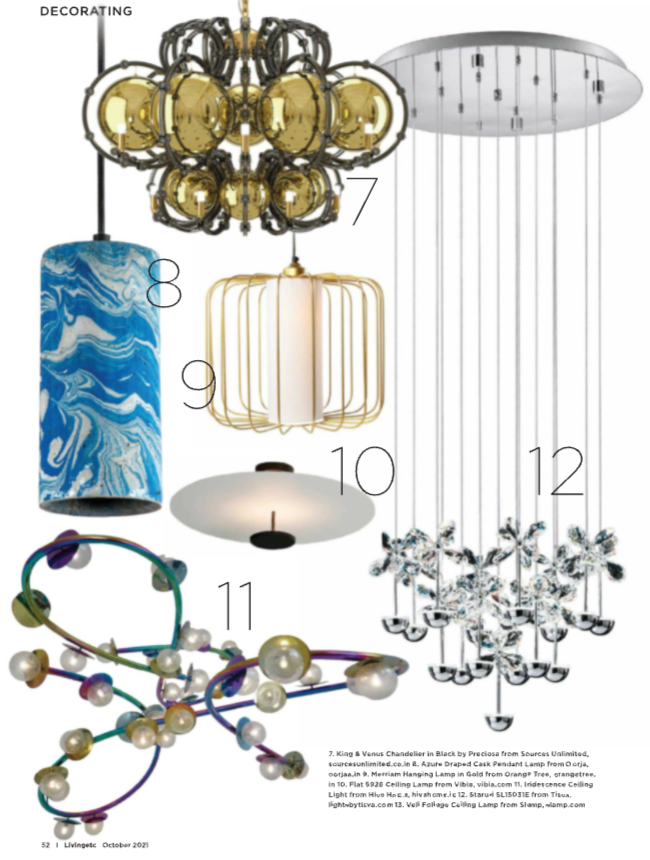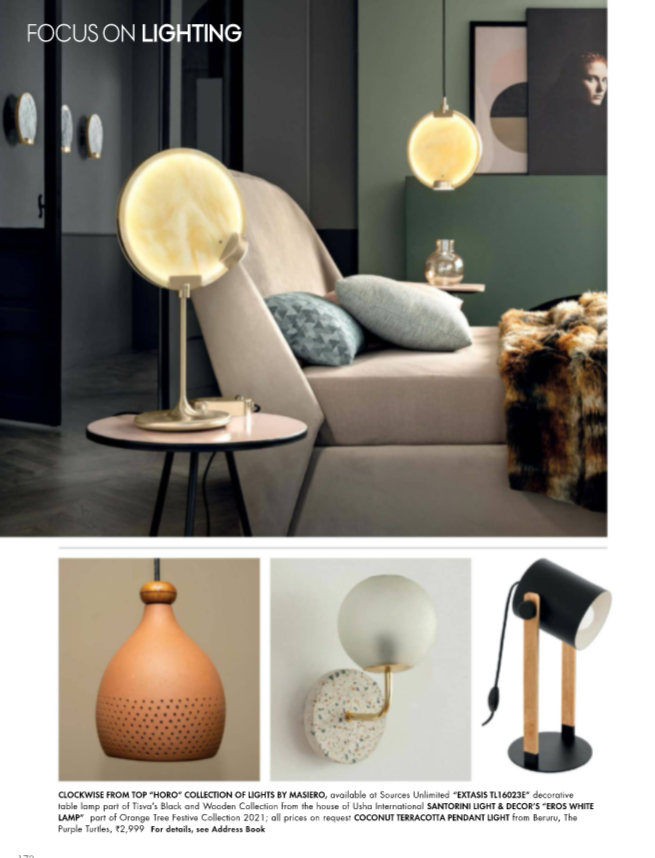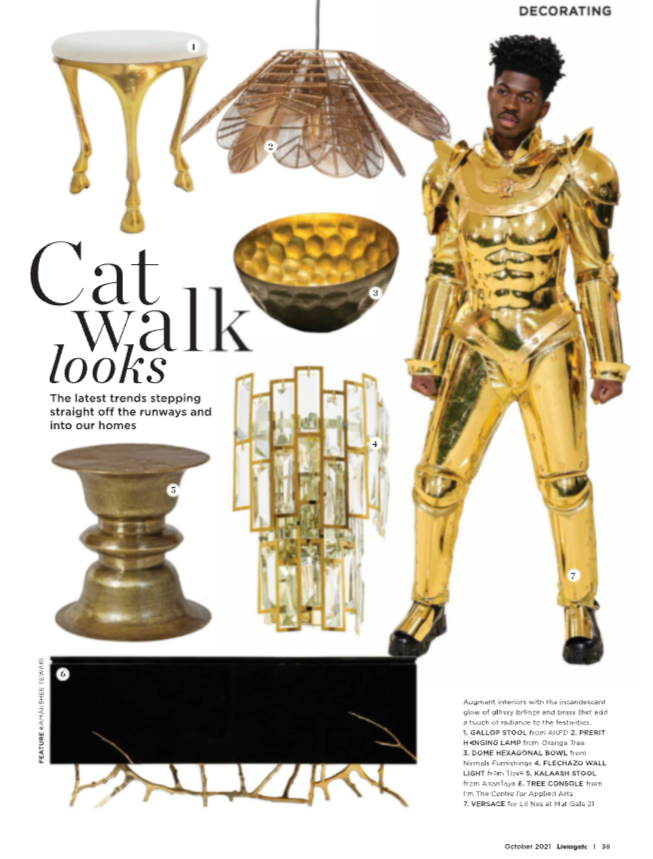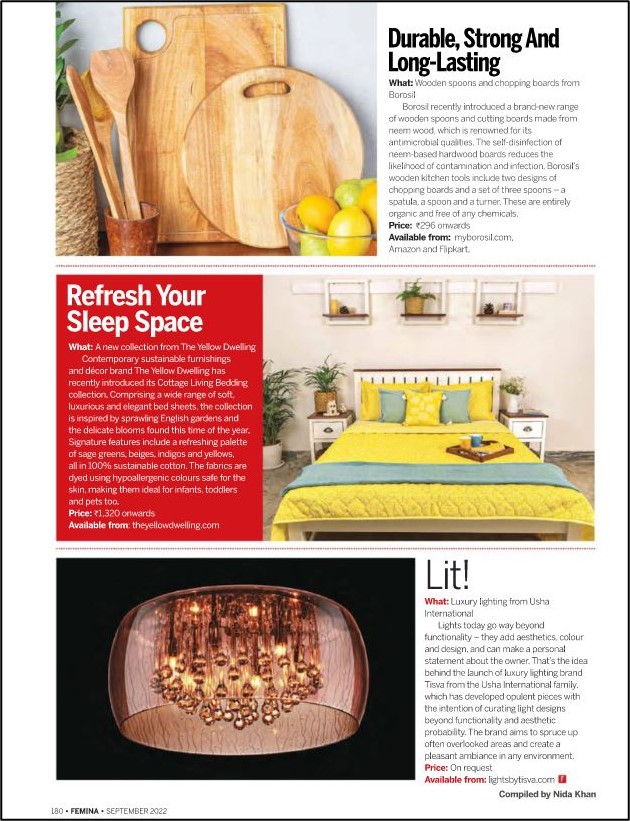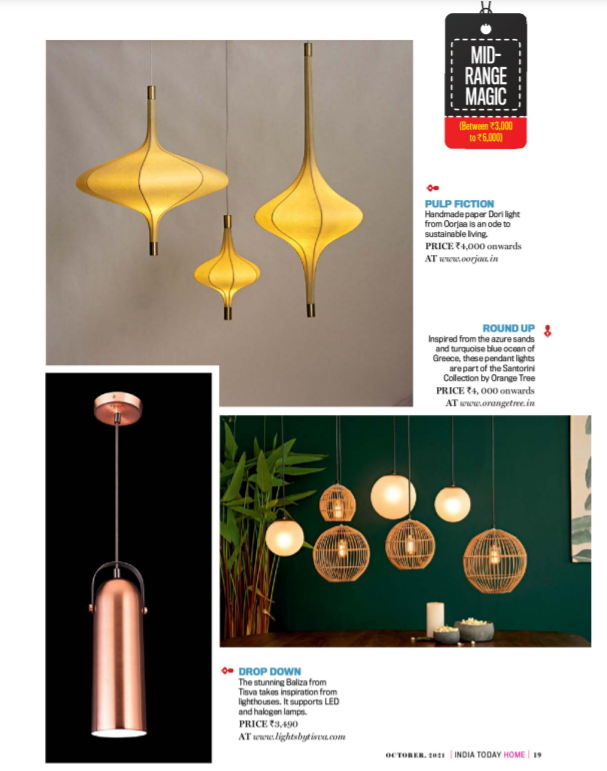Years before humans could be called civilised, our animal skin sporting ancestors roamed around under the sun, living their lives dictated by its rise and fall. The day was for hunting, gathering and sustaining life. The night was to rest and hide from predators.
This cycle established itself over thousands of years, cementing its imprint on our very DNA. In these years we evolved to create our own source of light. We began with fire and prospered till Edison perfected the filament bulb. Even though it catapulted are civilisation through the industrial age and paved the road for a 24 hour economy, it destroyed us.
You see, humans and every other animal have this instinct of natural light called the circadian rhythm
Circadian Rhythm
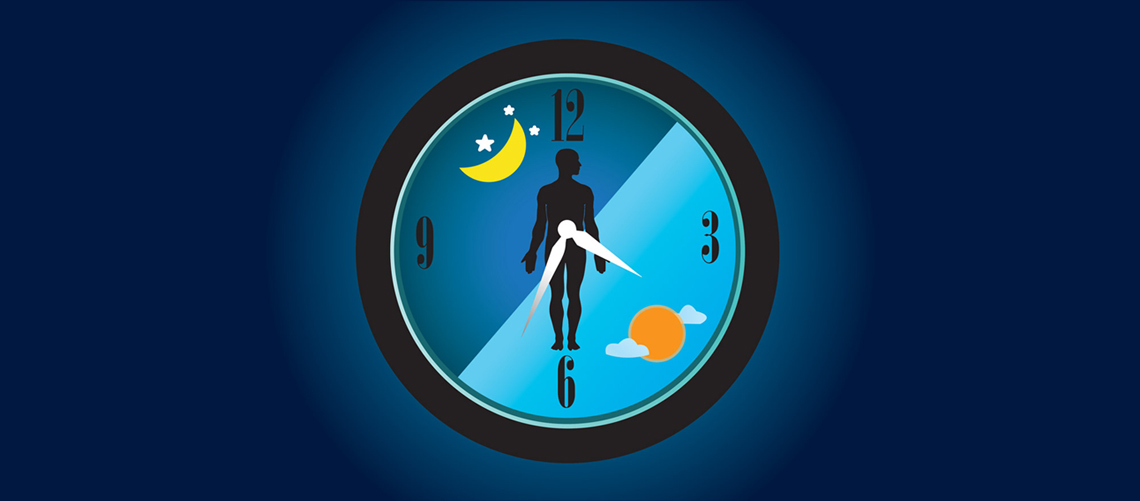
It is the internal body clock that exists in every organism, regulating their sleep and wake cycle. It is an endogenous process that responds to the environment and forms a 24 hour cycle. Factors like light and temperature affect our rhythm and often dictate its health.
In the past few decades epidemiological studies have shown that incandescent and fluorescent lighting that has powered our civilisation thus far, disrupts the circadian rhythm and gives rise to a host of problems like depression, insomnia and mood swings.
The need for Human Centric Lighting
In simplistic terms, human centric lighting refers to lighting solutions that contributes tremendously to the human wellbeing. It is primarily done by aligning the colour and intensity of light with the changing need of our bodies throughout the day.
Tangibly, here are a few clear benefits of Human Centric Lighting.
Improves productivity
Proper lighting allows you to see better, feel better and hence, do better. In this, both the colour and intensity of light is crucial. You see, your mind relaxes under soft and dim light, it is able to run free. That’s why any creative process thrives in these types of lighting. Writers and artist often prefer to have soft lighting when they make leaps of imagination and let their creative juices flow.
On the other side of the spectrum, bright white light makes you energised. It helps you focus on a task and improves your ability to work better. As it is daytime lighting, your mind understands that it is the time to stay sharp and finish the task.
A healthy balance of colour and intensity of light works wonders for your work.
Wards of seasonal depression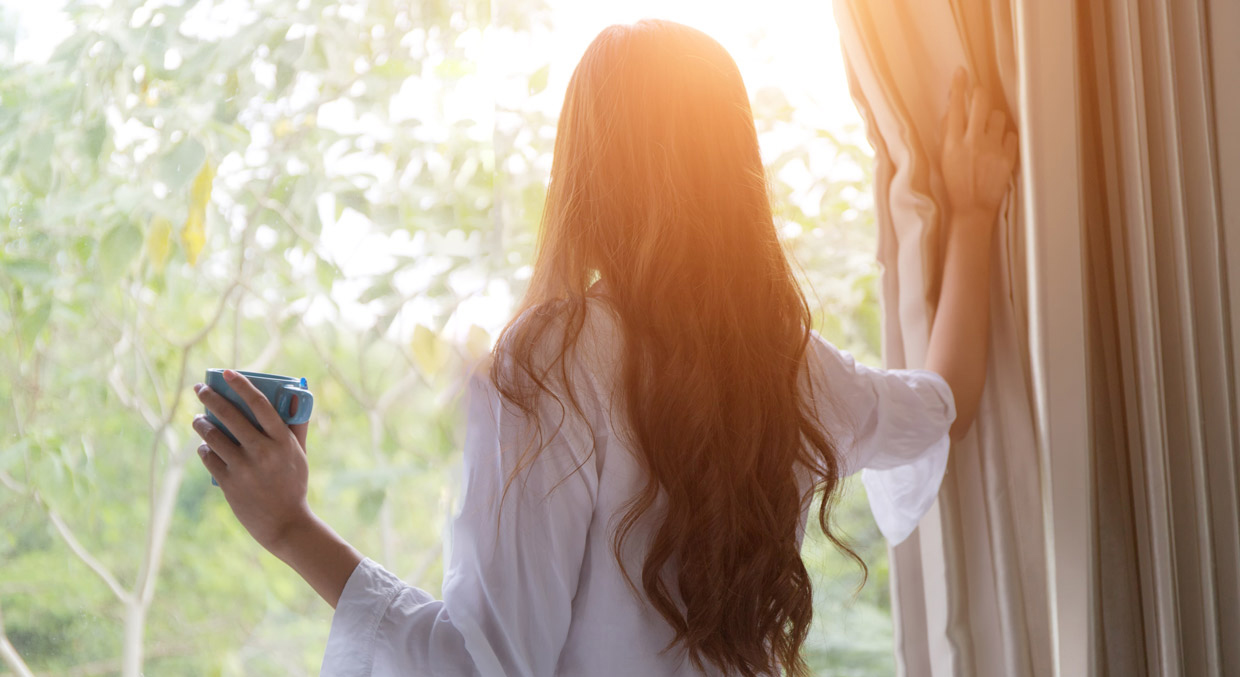
In winters, a lack of natural sunlight often causes depression. It is perhaps the most evident proof of light’s impact on our mind. Our body and our brain crave the comfort of natural light. The absence of bright white light tricks our minds into simulated dissatisfaction. Subconsciously, we take more than just visual aid from light during winters, we also seek warmth, comfort and a sense of security from it. That’s why, having tuneable lights at home during winters wards off seasonal depression and does not let your mind wander off to dark corners. It brings stability to our senses and uplifts our mood.
Improves biorhythm
species may have walked eons beyond our cave dwelling days, but our biorhythm still depends on the glorious sun. The bright morning light does wonders in waking us up by stimulating our pineal glands. Years of evolution and nature has formed it so that we could go out, be our most productive selves under the sun. It also made sure that when the sun goes down our mind could go to rest too as the soft yellow hue lulls it to sleep.
With a human centric lighting, our biorhythms sync back with the natural time of the day, ensuring we retain the maximum energy in the day and could rejuvenate and replenish at night.
To reap these benefits, one must make sure that they have suitable lighting that can provide some semblance of natural light. But merely having a warm white light or a bright white light won’t do. Different hue and intensity of light at different times of the day have a varying impact on our bodies.
You see in the morning, blue light suppresses the production of melatonin, the hormone that causes sleep and encourages the discharge of serotonin. This causes us to stay alert, productive, focused and happy. However, in the evening, our body seeks yellow light. The same bright blue light that kept us energised during the day, would over clock us and make it harder to relax. Yellow light promotes the formation of melatonin and helps the mind relax, improving the sleep cycle. The need is for a range of comprehensive lighting products that can change colour temperature and intensity as per the need of the individual. And still look like an amazing luminaire that one can be proud to own.
At Tisva, we have brilliant LED products like Elysian and Vivre that can be tuned to produce blue white light during the day, to keep you energised, and warm yellow light during the night, to help you rest.
These tuneable lights soothes your evolutionary need of natural lighting. They help balance your biorhythm.
But why stop there? Technology and research have allowed us to integrate the ability to dim your natural light! Now, you not only can be in sync with the day, but also dim your lights anytime. This allows you to create softness in your lighting. If you are feeling tired at the middle of the day or simply want to unwind for a ‘me’ time, just dial back the intensity of light and let the ambience soothe your senses. Tisva’s collection of innovative LED lights promote comfort through colour quality and intensity, creating a space that relaxes you and recharges you, at your command.
Have a look at our portfolio that provides innovative solutions for human centric lighting.


